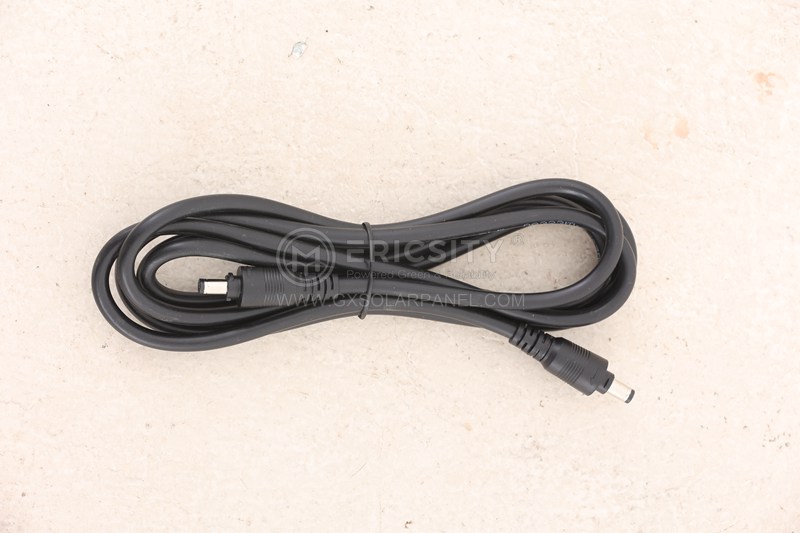HOT PRODUCT
Product Details
amorphous Flexible Solar Panels Vs. Monocrystalline Panels
Amorphous Flexible Solar Panels Vs. Monocrystalline Panels
Solar energy has become an increasingly popular and viable source of renewable energy in recent years. As technology advances, new types of solar panels are emerging, offering more flexibility and efficiency. Two notable options are amorphous flexible solar panels and monocrystalline panels. While both these options harness the power of the sun, they differ in terms of construction, efficiency, and applications. In this article, we will explore the features of both types and compare their advantages and disadvantages.
Amorphous flexible solar panels, also known as thin-film solar panels, are made by depositing a thin layer of photovoltaic material onto a flexible substrate, such as plastic or metal. This flexibility allows them to conform to curved surfaces and be integrated into various applications, such as building-integrated photovoltaics, solar-powered backpacks, and portable charging devices. The amorphous nature of the panel’s material gives it a unique advantage in low-light or shaded conditions, as it can generate power more efficiently than monocrystalline panels under such circumstances.
On the other hand, monocrystalline panels are made from a single crystal structure, usually silicon. This type of panel is recognized for its high efficiency and longevity. Monocrystalline panels have a uniform appearance due to their single-crystalline construction, with the cells typically cut into squares or rectangles. They are rigid and not suitable for curved surfaces or applications that require flexibility. Monocrystalline panels are widely used in residential and commercial installations, where space is not an issue, and efficiency is a top priority.
Now, let’s discuss the efficiency aspect of these two types. Monocrystalline panels are known for their higher efficiency ratings, typically ranging between 15% and 20%. This means they can convert a larger percentage of sunlight into electricity, making them an ideal choice for those with limited roof space or aiming to maximize their energy output. In contrast, amorphous flexible solar panels generally have lower efficiency ratings, typically ranging between 5% and 10%. However, it’s important to note that the lower efficiency does not make them less effective in all situations. Their unique ability to generate power in low-light conditions gives them an advantage over monocrystalline panels when it comes to applications where sunlight is not constantly abundant.


When it comes to aesthetics, monocrystalline panels are often preferred for their sleek and uniform appearance. The consistent black color and shape of their cells integrate seamlessly into rooftops. Amorphous flexible solar panels, however, have a distinct advantage in terms of design flexibility. Their lightweight and flexible nature allow them to be easily integrated into unconventional spaces, such as curved surfaces or even clothing, while still maintaining an overall sleek and modern appearance.
Cost is another factor to consider when choosing between these two types of solar panels. Amorphous flexible solar panels tend to be less expensive due to their simpler manufacturing process and lower material costs. Monocrystalline panels, on the other hand, are generally pricier due to their higher efficiency ratings and complex manufacturing techniques. However, it’s important to note that the overall cost of a solar installation depends on various factors, such as system size, brand, and location, so it’s always advisable to consult a professional to assess the specific costs of each type.

In conclusion, both amorphous flexible solar panels and monocrystalline panels have their own unique advantages and applications. The choice between the two ultimately depends on the specific requirements of the project or installation. Monocrystalline panels excel in efficiency, longevity, and aesthetic appeal, whereas amorphous flexible solar panels offer design flexibility, shade tolerance, and affordability. As solar technology continues to evolve, it’s exciting to see the advancements that will further enhance the efficiency, flexibility, and affordability of these renewable energy solutions.




